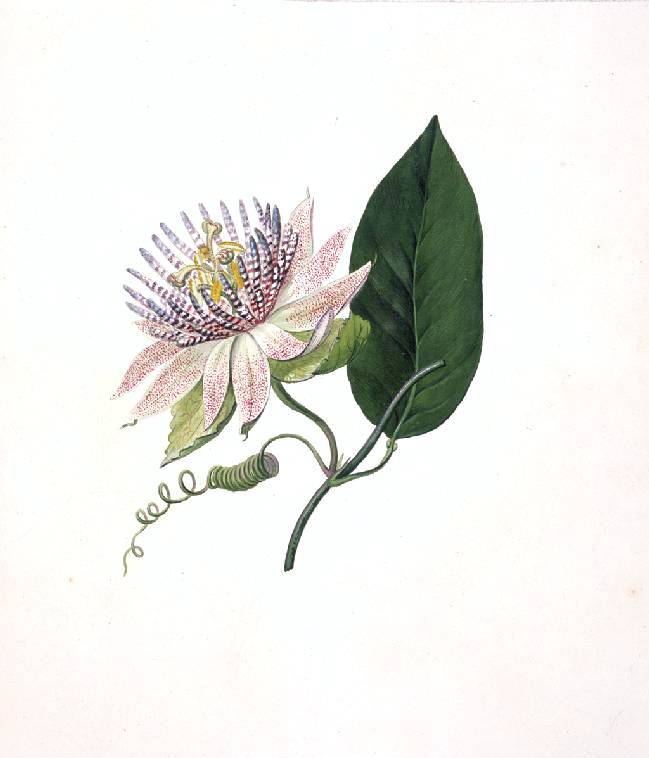Remedies in Bloom: Sorcery to Science
By archaicpress@gmail.com / on April 12th, 2014 / in ARCHAIC PRESSBy Ryan Wallace
From sorcerers and soothsayers to surgeons and physicians, medical practices over the centuries have changed appearances quite drastically. Replacing folklore with empiricism, modern medicine has made a shift to a more accountable system of practices, wherein the primary healthcare of a patient relies heavily on the empirically-based sciences of the 21st century. However, in spite of the modern terminology and the supposed shift from spirituality, modern science still continues one important practice that has existed for millenia—herbalism.
Herbalism, the study and application of medicinal properties of plants, may have gained more notoriety with modern findings, however, practices have persisted for thousands of years. Originally used in elixirs and salves, herbaceous plants with medicinal properties have been passed down in folklore since the dawn of man. In fact, early Chinese and Egyptian papyrus archives date the medicinal use of some plants as early as 3,000 B.C. Once a primary practice, herbalism found its niche in civilizations worldwide as trial and error revealed many medicinal qualities of flora native to the regions. Aloe Vera, a succulent cultivated worldwide, was found to be effective in healing burns and other ailments of the skin. Ginger, a delicacy and spice native to Southern Asia, was found to combat many conditions because of its impact on unnecessary inflammation, and was also found to ease nausea when consumed. With different flowers and herbs, each civilization found its own use for native plants, eventually creating a collective working knowledge of medicinal remedies.
But as scientific studies developed, so did the experimentation with herbalism. Modern techniques of organic chemistry allowed for extraction of essential oils and key medicinal agents within plants, playing an important role in the development of pharmaceutical drugs. In fact, nearly 25% of all pharmaceuticals are derived from botanicals, with almost 70% of drugs developed in the last 25 years being plant-based, according to a study published in the Journal of Natural Products. Experimenting with a multitude of independent variables including climate and soil acidity, scientists have been able to isolate and harness active ingredients for the health of man-kind.
From simple home-remedies to dangerously addictive narcotics, plants have revealed their strength through modern medicine. Secondary metabolites and pigments can be refined to produce some of the strongest drugs in the pharmaceutical industry—inulin from dahlias, quinine from cinchona, morphine and codeine from the poppy and digoxin from foxglove. And with the World Health Organization’s (WHO) estimate of 80% of individuals worldwide who rely on herbal medicines for a part of their primary healthcare, plants still play an essential role in how we live our lives every day. Research continues to investigate the efficacy and adaptation of traditional herbal treatments, but with catastrophic actions like clearing the Amazonian rainforest, many rare remedies are disappearing from the face of the world daily. And embracing the need for science and sorcery that goes back to beginning of mankind, it has become the job of Millennials to ensure that future generations are surrounded by natural remedies in bloom.


